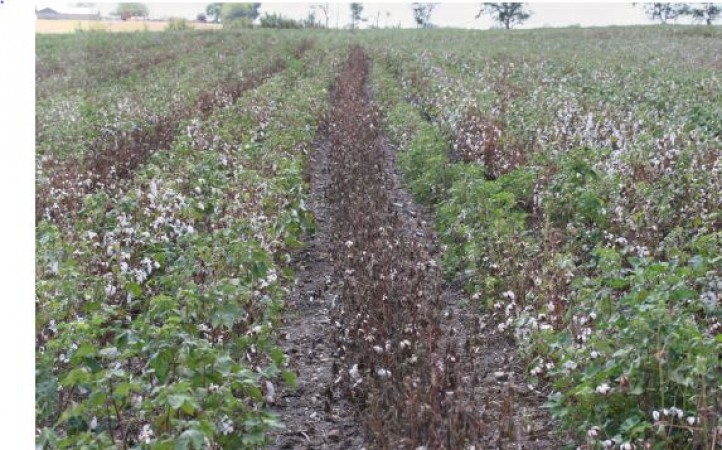
Cotton cultivation faces numerous challenges that can be addressed using robotics and automation technology.
Cotton yields have been declining due to various factors such as pest infestations, climate change, and outdated farming practices.
The declining cotton yields are a cause for concern among cotton farmers who rely on this crop as a primary source of income. These issues have a significant impact on the livelihoods of cotton growers.
One of the major challenges faced by cotton farmers is pest infestations, particularly by boll weevils and aphids. These pests can cause significant damage to cotton crops, leading to reduced yields and increased production costs.
Many cotton-producing regions are experiencing a shortage of skilled labor, which makes it challenging to manage and harvest cotton crops efficiently.
Climate change has led to unpredictable weather patterns, including droughts and extreme heat, which can adversely affect cotton crops.
Some cotton farmers still rely on traditional farming methods that are labor-intensive and less efficient. These practices need to be modernized to improve cotton production.
Integrating robotics and automation technology in cotton farming can provide several advantages.
Robots can be programmed to perform precise tasks such as planting, weeding, and harvesting. This precision can lead to increased crop yields and reduced resource wastage.
Robotic systems equipped with sensors and cameras can detect pest infestations early and apply targeted treatments, reducing the need for chemical pesticides.
Robots can work 24/7 without fatigue and do not require breaks or wages, addressing the labor shortage issue in cotton farming.
Robots are not affected by adverse weather conditions and can continue to work in extreme heat or during rain, mitigating the impact of climate change.
Robots can collect data on soil quality, crop health, and weather conditions, enabling farmers to make data-driven decisions for better crop management.
While the potential benefits of using robotics in cotton farming are clear, there are challenges to consider.
Investing in robotics and automation technology can be expensive, and many small-scale cotton farmers may struggle to afford these systems.
Farmers need training to operate and maintain robotic systems effectively.
Integrating robotics into existing farming practices and infrastructure can be complex and may require significant adjustments.
In conclusion, the challenges faced by cotton farmers, including declining yields, pest infestations, labor shortages, and climate change, can be effectively addressed through the adoption of robotics and automation technology. While there are challenges to implementation, the potential benefits, including precision agriculture, pest control, labor efficiency, weather resilience, and data-driven decision-making, make it a promising solution for the cotton farming industry. By embracing technology and modernizing their practices, cotton farmers can improve their yields and secure their livelihoods in the face of adversity.
Only in Japan can you find strange things
Google Chrome will turn 15 this month, will now enter in a new avatar